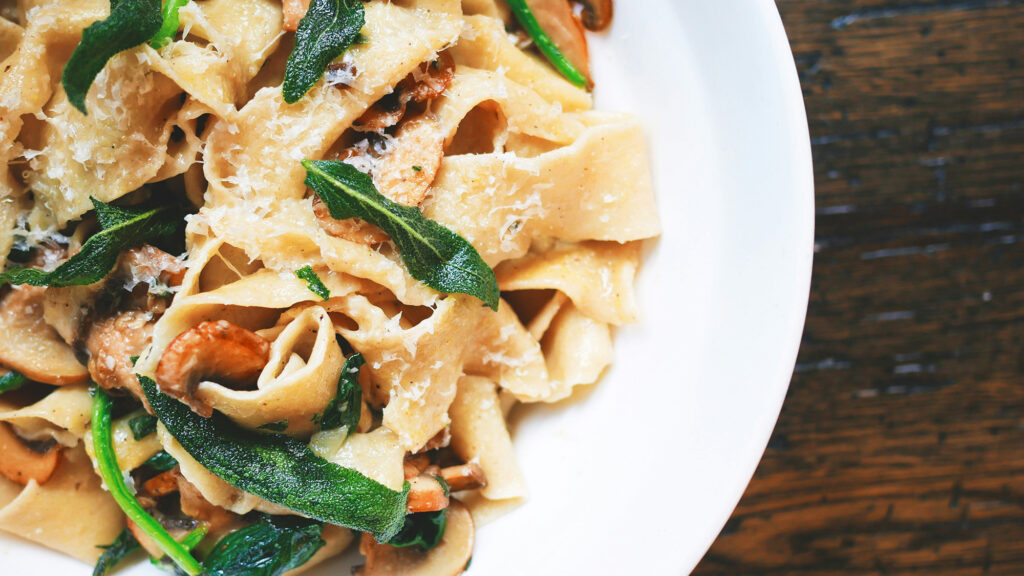Millets are a group of small-seeded grasses commonly used as a staple food in many parts of the world. However, cooking millet using different methods, such as boiling, pressure cooking, and microwave cooking, can affect their glycemic index, impacting blood sugar levels.
Tips to Optimise your Intake of Cooked Millets
• Pair the carbohydrates with fibre, protein, and fat to slow down the release of glucose and improve the response.
• Try to reduce the portion of carbohydrates in the meal.
• Replace simple carbohydrates with complex carbohydrates.
• Follow the food flow to minimise the glucose spike – fibre > protein > complex carbs.
Millets have a high glycemic index, which means they can cause a rapid increase in blood glucose levels after consumption. Additionally, fibre is an essential nutrient that can help slow down glucose absorption in the bloodstream. Although Millets have a good-fibre content, cooking them can lower the fibre content. The low-fibre content or uncontrolled portion sizes can rapidly increase blood sugar levels (hyperglycemia) after consumption. Therefore, choose suitable cooking methods and be mindful of the portion sizes to keep the blood sugar in check.







